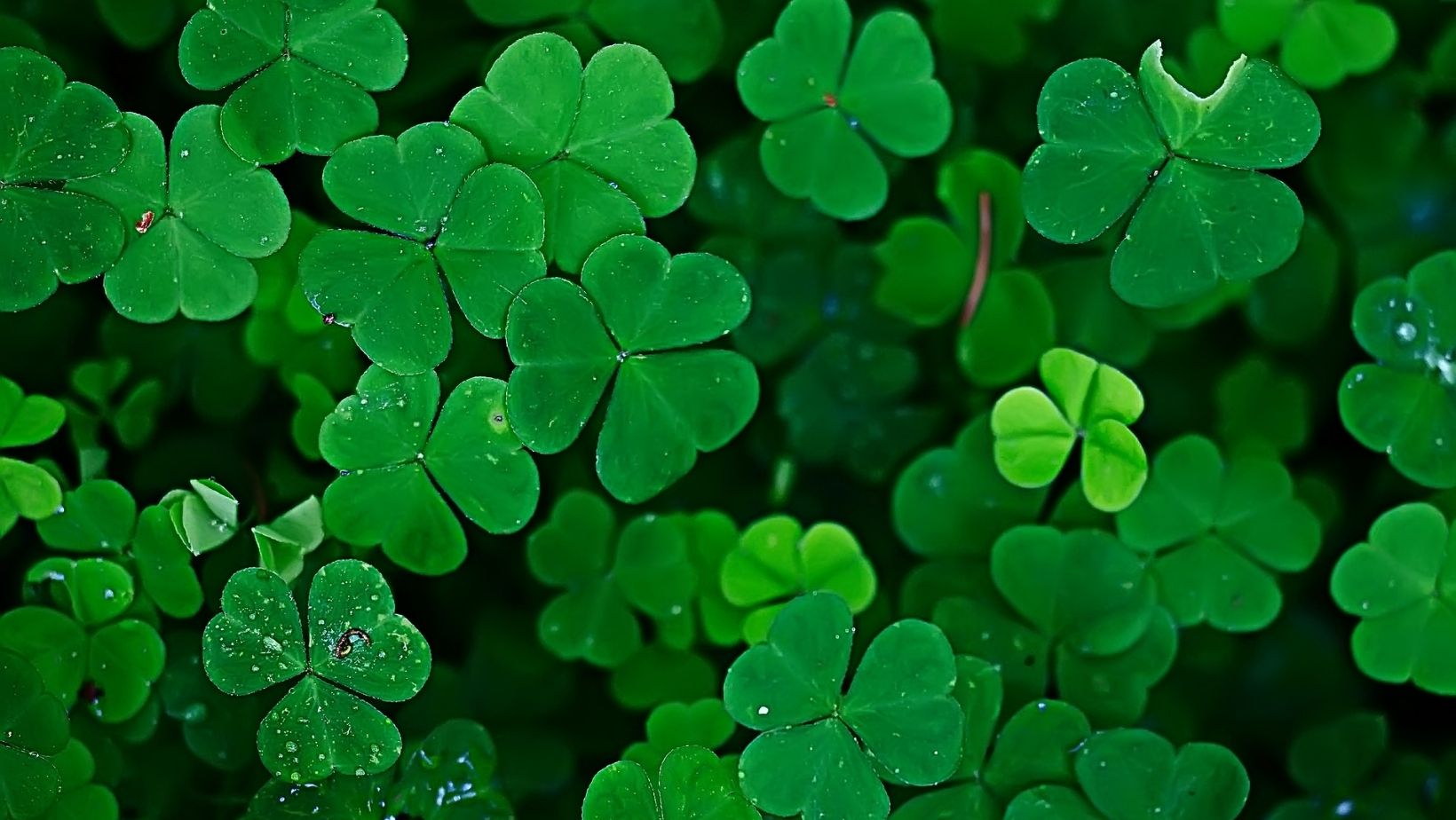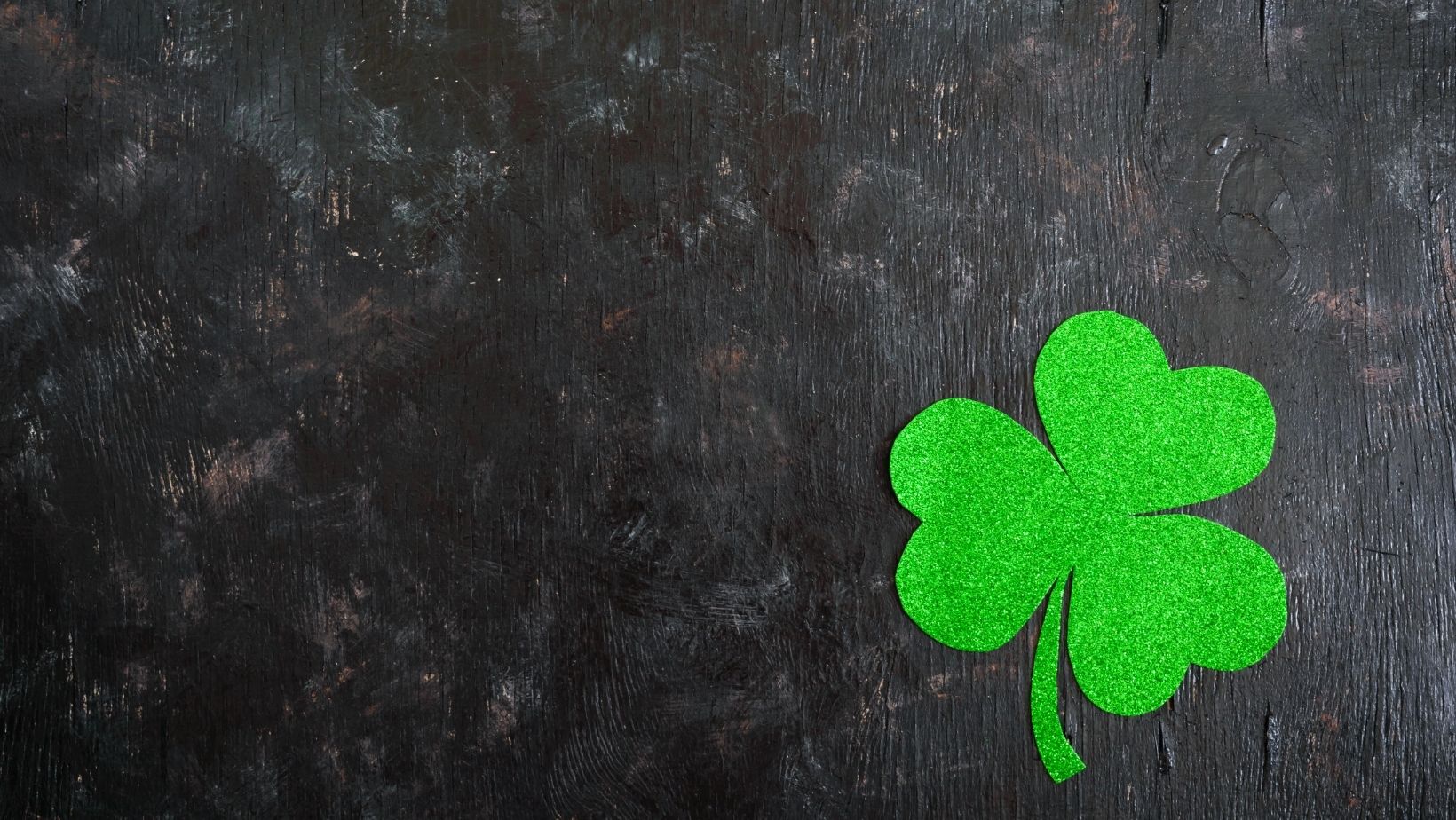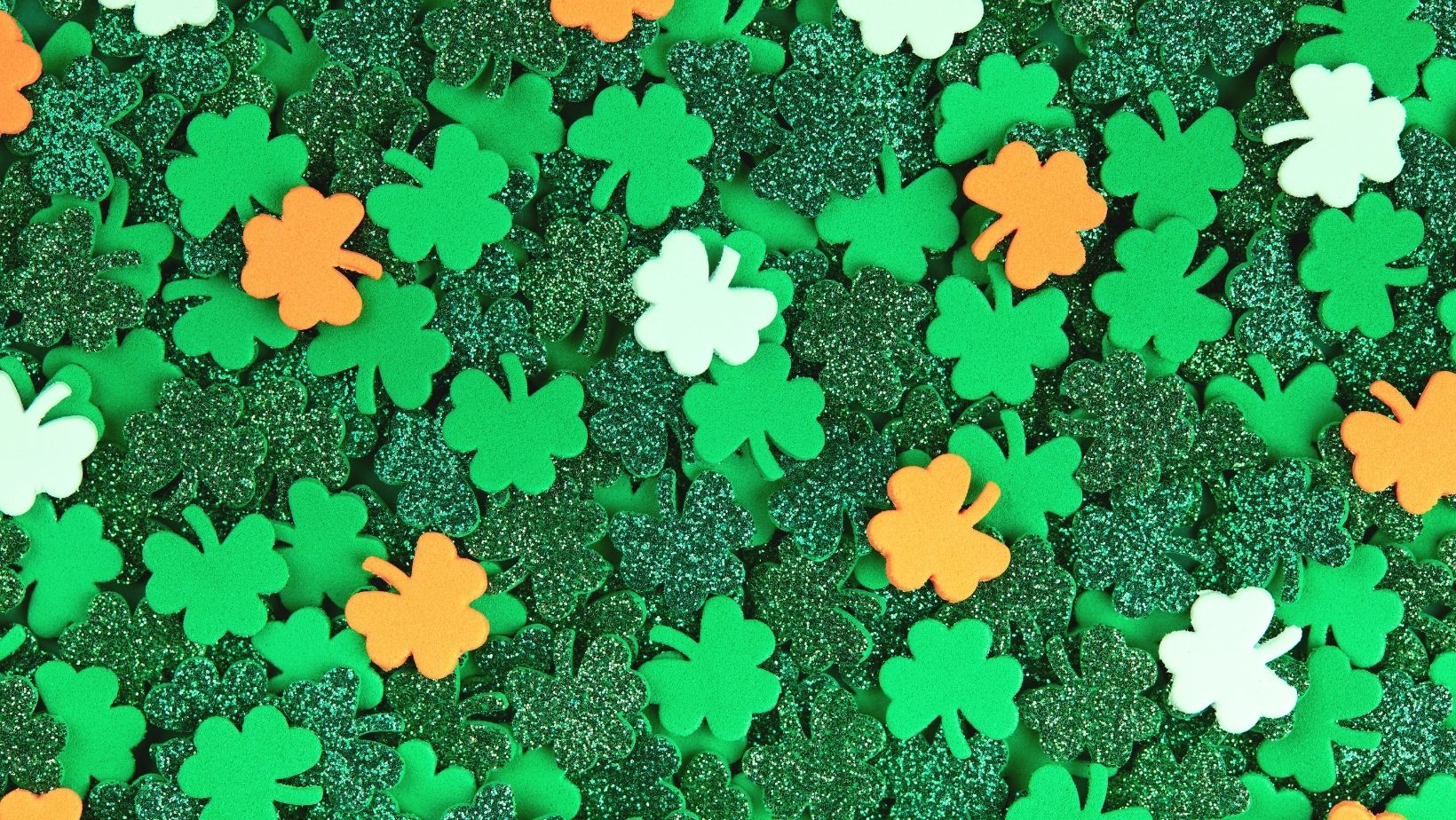
 In the world of symbolism and folklore, the shamrock holds a special place as a cherished emblem of luck and Irish heritage. The iconic three-leafed clover, with its vibrant green hue, has captivated hearts and minds for centuries, becoming a timeless symbol of good fortune and prosperity. From St. Patrick’s Day celebrations to everyday charms, the shamrock continues to enchant people around the globe with its simple yet powerful allure. Exploring the origins and significance of the shamrock unveils a rich tapestry of history and tradition, offering insights into the cultural significance of this beloved symbol. Whether worn as a lucky charm or used to decorate festive occasions, the shamrock’s enduring popularity transcends borders and generations, embodying the universal desire for blessings and positivity. Join us on a journey through the fascinating world of the shamrock, where luck and legend intertwine to create a symbol that resonates with people of all walks of life.
In the world of symbolism and folklore, the shamrock holds a special place as a cherished emblem of luck and Irish heritage. The iconic three-leafed clover, with its vibrant green hue, has captivated hearts and minds for centuries, becoming a timeless symbol of good fortune and prosperity. From St. Patrick’s Day celebrations to everyday charms, the shamrock continues to enchant people around the globe with its simple yet powerful allure. Exploring the origins and significance of the shamrock unveils a rich tapestry of history and tradition, offering insights into the cultural significance of this beloved symbol. Whether worn as a lucky charm or used to decorate festive occasions, the shamrock’s enduring popularity transcends borders and generations, embodying the universal desire for blessings and positivity. Join us on a journey through the fascinating world of the shamrock, where luck and legend intertwine to create a symbol that resonates with people of all walks of life.
Outline:Vpz-Vqxgcja= Shamrock
 The shamrock, with its vibrant green color, is a symbol deeply rooted in Irish heritage and renowned for bringing luck. Its significance transcends borders, resonating with various cultures and generations. This article delves into the historical origins of the shamrock and its enduring popularity, especially during St. Patrick’s Day celebrations as a cherished emblem of good fortune. Explore the cultural richness and symbolic power of the shamrock as it symbolizes blessings and positivity across diverse communities.
The shamrock, with its vibrant green color, is a symbol deeply rooted in Irish heritage and renowned for bringing luck. Its significance transcends borders, resonating with various cultures and generations. This article delves into the historical origins of the shamrock and its enduring popularity, especially during St. Patrick’s Day celebrations as a cherished emblem of good fortune. Explore the cultural richness and symbolic power of the shamrock as it symbolizes blessings and positivity across diverse communities.
Characteristics of Shamrocks
Shamrocks are characterized by their vibrant green color and distinctive leaf structure, making them a significant symbol of luck and Irish heritage. These iconic plants play a key role in cultural traditions, especially during St. Patrick’s Day celebrations.
Leaf Structure and Appearance
Shamrock leaves typically consist of three heart-shaped leaflets that symbolize faith, hope, and love, according to Irish tradition. The vibrant green color of the leaves adds to the charm of these iconic plants, making them instantly recognizable.
Growing Conditions
Shamrocks thrive in cool, moist environments with partial shade, making them ideal indoor plants. They prefer well-draining soil and regular watering to maintain healthy growth. It’s important to avoid overwatering as it can lead to root rot.
Symbolism of Shamrocks
 Exploring the symbolism of shamrocks reveals a fascinating tapestry of meanings embedded in this iconic plant. The shamrock holds a special place as a symbol of luck and Irish heritage, with its vibrant green hue representing renewal and rebirth. This humble plant has deep-rooted connections to cultural traditions, prominently featured during St. Patrick’s Day celebrations as a nod to Ireland’s rich history and beliefs. The shamrock’s historical origins trace back to ancient Celtic beliefs, where it was considered a sacred plant that warded off evil spirits and brought good fortune. Its enduring popularity as an emblem of good luck transcends boundaries, resonating with people worldwide who share a universal desire for blessings and positivity. This three-leafed plant symbolizes unity, with each leaflet representing faith, hope, and love – values cherished across cultures and generations. Beyond its association with Ireland, the symbolism of the shamrock extends globally, showcasing its symbolic power and cultural resonance in diverse communities. Embraced for its auspicious connotations, the shamrock serves as a potent emblem of prosperity and protection, transcending geographical borders and cultural divides.
Exploring the symbolism of shamrocks reveals a fascinating tapestry of meanings embedded in this iconic plant. The shamrock holds a special place as a symbol of luck and Irish heritage, with its vibrant green hue representing renewal and rebirth. This humble plant has deep-rooted connections to cultural traditions, prominently featured during St. Patrick’s Day celebrations as a nod to Ireland’s rich history and beliefs. The shamrock’s historical origins trace back to ancient Celtic beliefs, where it was considered a sacred plant that warded off evil spirits and brought good fortune. Its enduring popularity as an emblem of good luck transcends boundaries, resonating with people worldwide who share a universal desire for blessings and positivity. This three-leafed plant symbolizes unity, with each leaflet representing faith, hope, and love – values cherished across cultures and generations. Beyond its association with Ireland, the symbolism of the shamrock extends globally, showcasing its symbolic power and cultural resonance in diverse communities. Embraced for its auspicious connotations, the shamrock serves as a potent emblem of prosperity and protection, transcending geographical borders and cultural divides.
Mythology and History
Exploring the mythology and history surrounding the shamrock reveals fascinating insights into its symbolism and cultural significance. The shamrock’s roots can be traced back to ancient Celtic beliefs, where it held a sacred status as a plant capable of warding off evil spirits and attracting good fortune. This historical association has solidified the shamrock’s reputation as a symbol of luck and protection. In Celtic folklore, the shamrock’s three-heart-shaped leaflets were believed to represent unity, with each heart symbolizing faith, hope, and love. This unique symbolism has transcended time and culture, resonating with individuals globally who seek blessings and positivity in their lives. The enduring popularity of the shamrock extends beyond its mythical origins, manifesting in modern-day cultural traditions, especially during St. Patrick’s Day celebrations. People of various backgrounds and beliefs have embraced the shamrock as a universal emblem of good luck and prosperity, highlighting its ability to unite communities through shared values and aspirations.